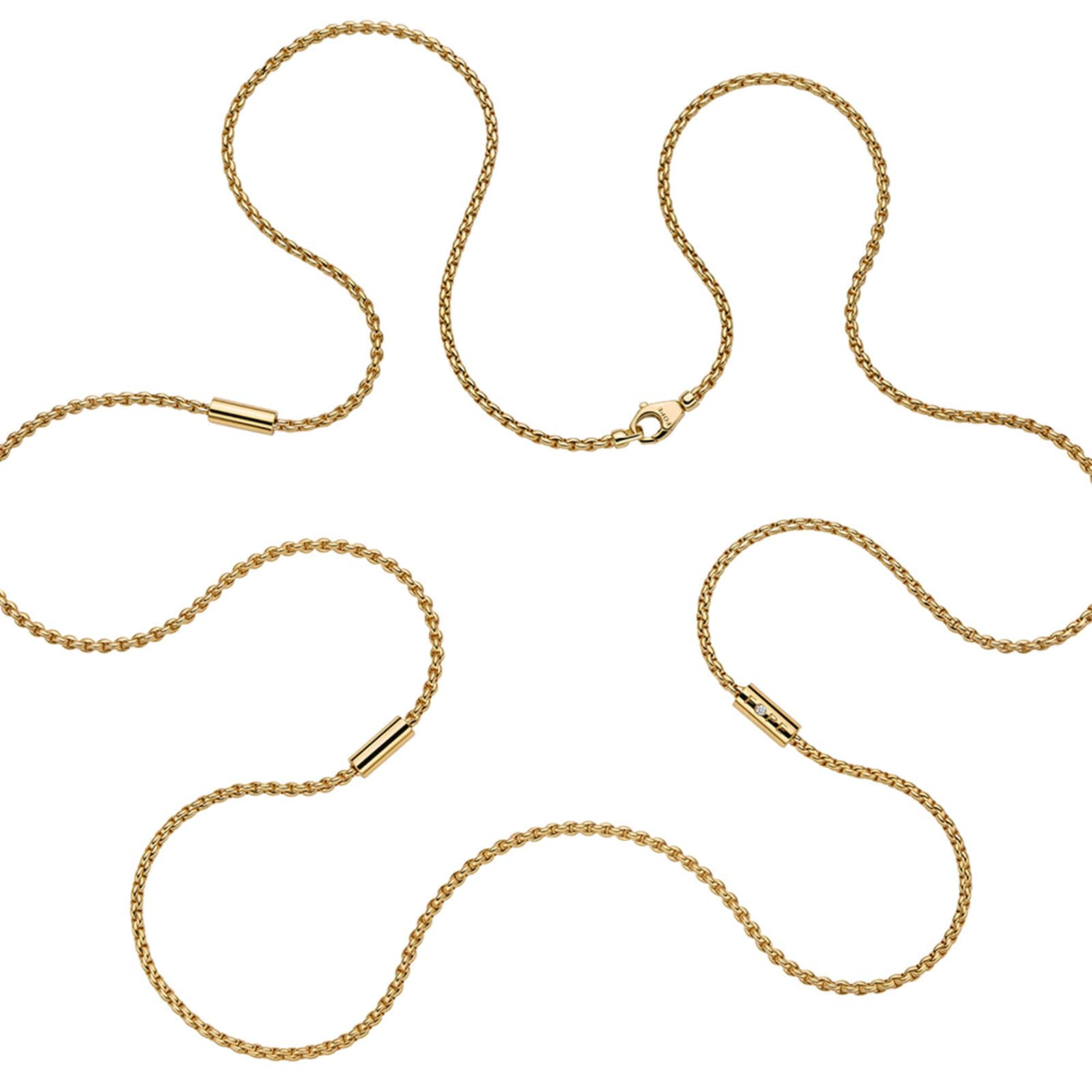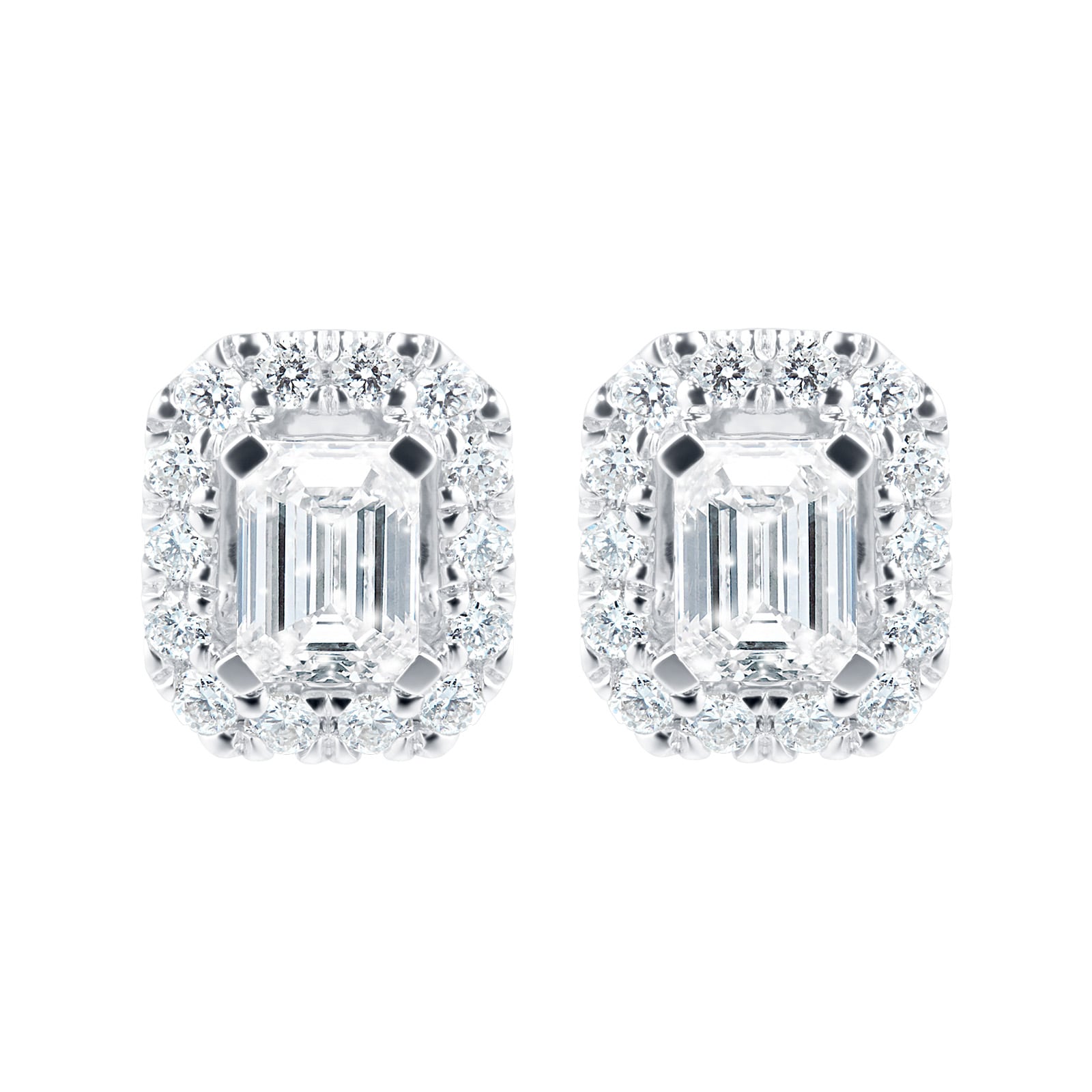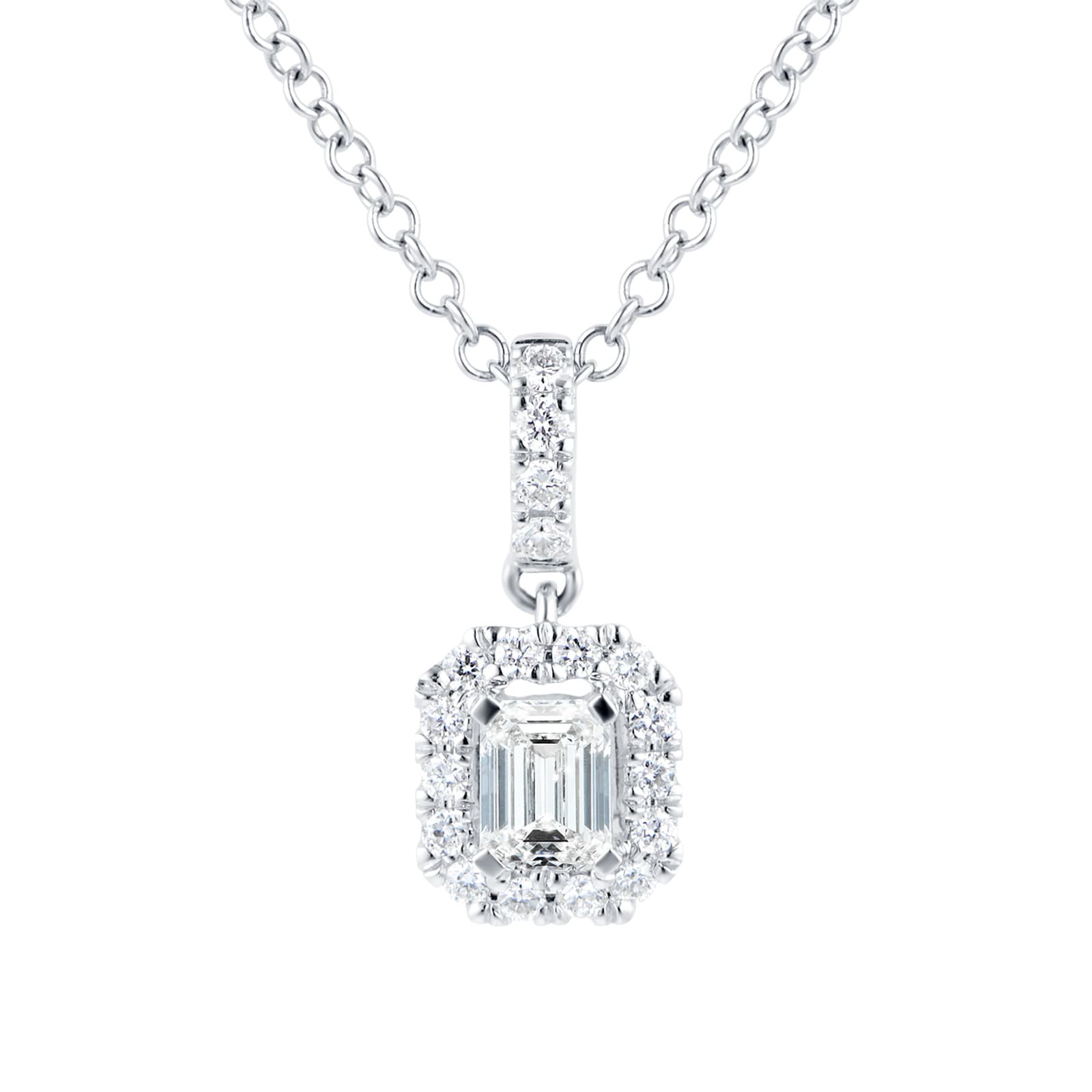How to Pick Your Perfect Precious Metal
Gold, white gold, or platinum? Here’s how to choose the right jewellery to suit you.

Whether you’re looking for a once-in-a-lifetime piece, a gift for a loved one, or a special treat, it’s often hard to know where to start with jewellery shopping. One of the biggest factors to consider, aside from which gemstone you’d like to adorn yourself with, is which precious metal will work best for you and your lifestyle. From palest platinum and white gold through to the warm, honeyed tones of yellow gold, precious or ‘noble’ metals each have their own unique properties – here, our experts weigh in on how to choose the one you’ll love forever.
First, get to know the basics
Gold is the most popular metal used for fine jewellery, including wedding and engagement rings, and it’s easy to see why – it’s not only precious, but also timeless and long-lasting.
Pure gold (24 karat) is a naturally a vibrant, buttery yellow metal. It’s also softer than other metals and easy to scratch, so it’s often alloyed (mixed with other metals) to boost its resistance, or to change its hue to white or pink.
18k gold, for example, is a mix of 75% pure gold with 25% alloy metals and is a more resistant gold with a luxurious weight and sheen. “If you’re investing in a special piece of jewellery, 18k gold is ideal because it still has a high pure gold content and it feels beautiful to wear,” says Daniella Jayes, jewellery buyer at Mappin & Webb. Lower karat golds, like 14k and 9k, still share gold’s famous shine, but are generally more affordable and even more hardwearing, making them ideal for everyday jewellery.
Platinum is even rarer than gold. A naturally pale grey hue, it takes on a brilliant white colour and mirror-like shine once polished. It’s also extremely strong, so it can hold delicate structures and settings well, though it is heavier than gold, which may raise issues of comfort for bigger pieces, or jewels that will be worn all day long.
Next, consider the context
“The most important thing to think about when buying a piece of jewellery is who will be wearing it and what occasion it’s for,” advises Jayes. “If the piece is for a special gift or unique occasion, you might want to spend more on a higher purity of precious metal.”
It’s also good to consider skin tone. “Yellow, rose, and white metals all look different on everyone. My advice is to choose the one that seems to come alive against your skin,” says Jayes. Gemstones, too, can take on differing appearances, depending on the colour of their metal setting, so it’s worth trying before you buy.
Lastly, Jayes recommends thinking about how the piece is going to be worn. “Delicate chain jewellery and pieces with high gem settings are easier to catch and damage, so may not be suitable for people who are super active or have physically demanding jobs,” she notes. Consider how the jewellery will fit into your lifestyle will definitely save time, and potential heartache, in the long run.
Trust your gut
Whichever precious metal takes your fancy, it’s reassuring to know there’s a place for both in the chicest jewellery boxes. According to Jayes, white metals such as white gold and platinum are perennial bestsellers, whilst yellow gold “has seen a huge comeback in recent years.” What’s more, layering jewellery in all metals continues to be a trend. “There are no rules when it comes to mixing your precious metals,” says Jayes. “People can easily wear a white metal engagement ring and wedding band with other yellow gold pieces, or stack yellow gold bangles with a white gold watch. Jewellery is about expressing your personal style. So buy only what you really love and you won’t ever regret it.”
Explore our precious metal jewellery here at Mappin & Webb online or visit us in store at one of our showrooms where our jewellery experts will be delighted to help you.
Author credit: Kim Parker is a London-based journalist and editor specialising in the luxury market, especially fine jewellery and watches. She contributes to leading titles such as Harper’s Bazaar, The Times, The Telegraph, The Week and Condé Nast Traveller.



